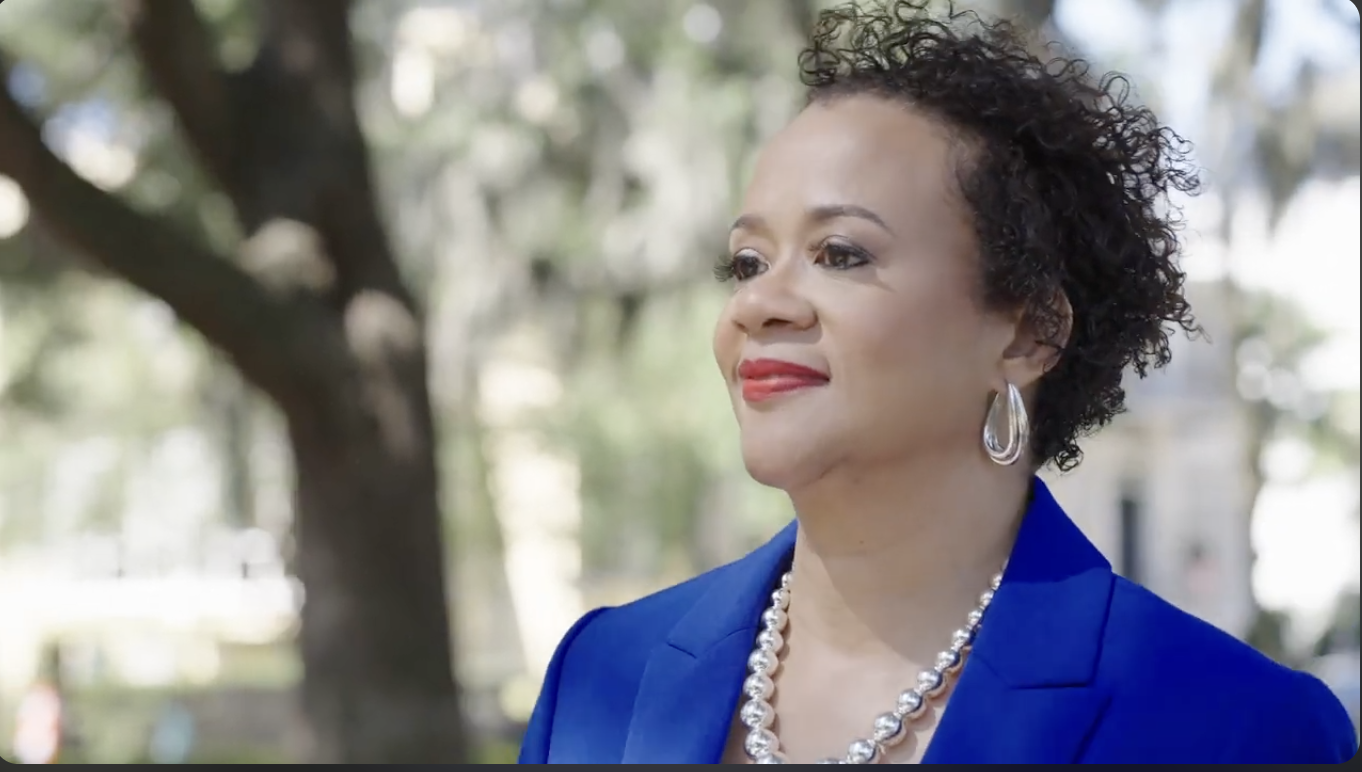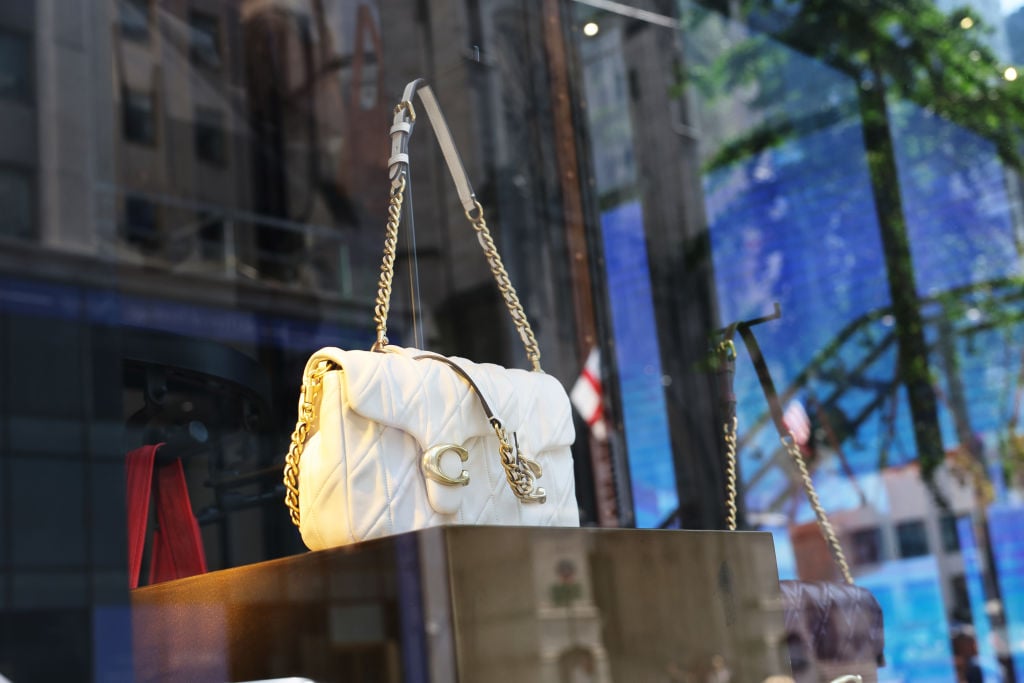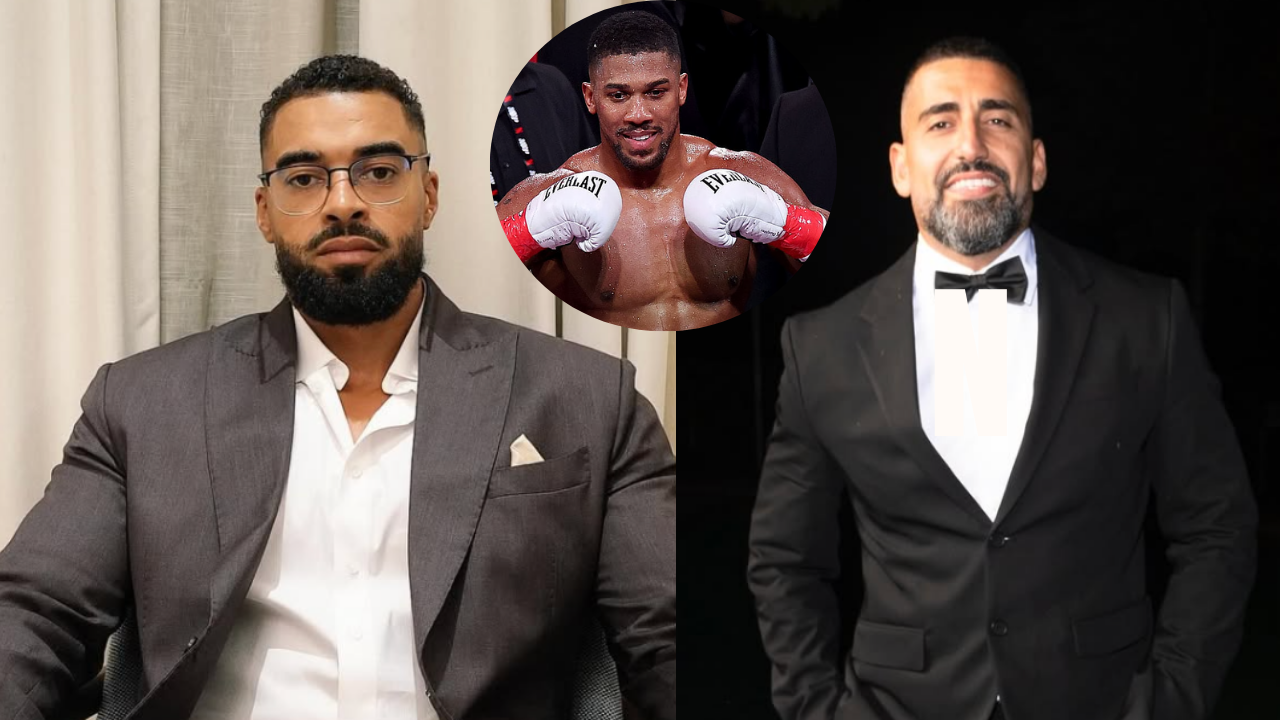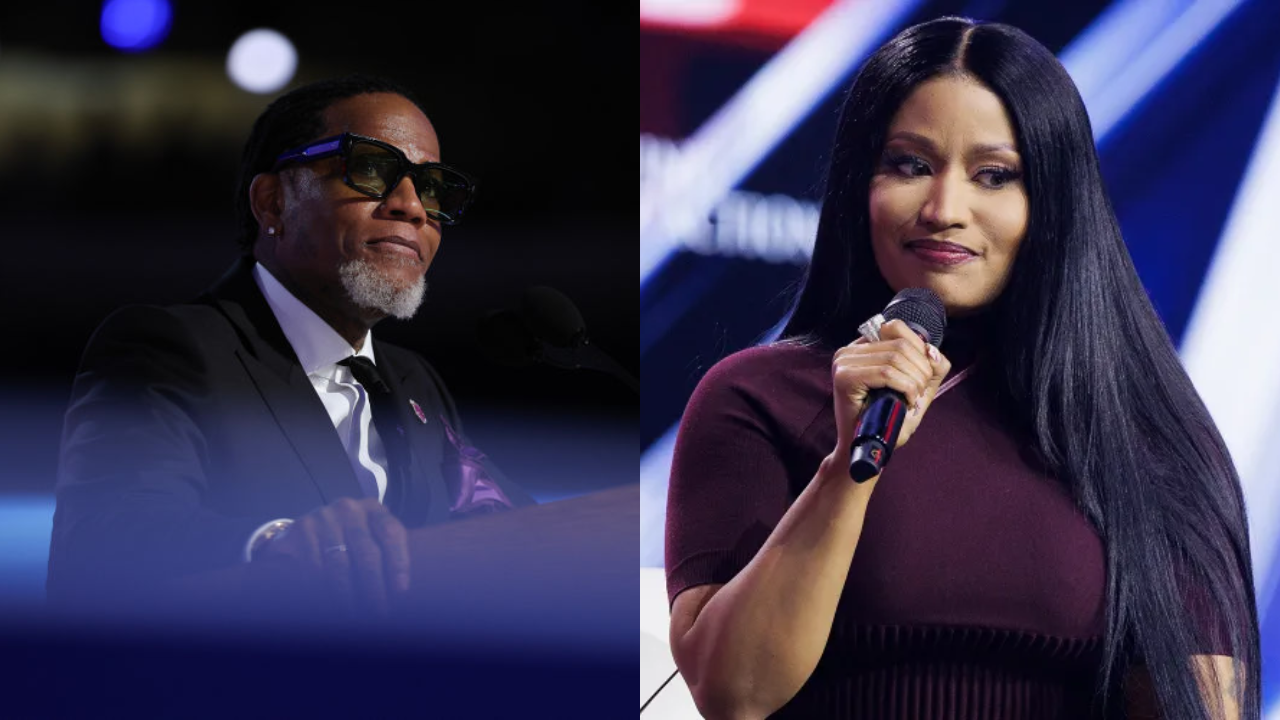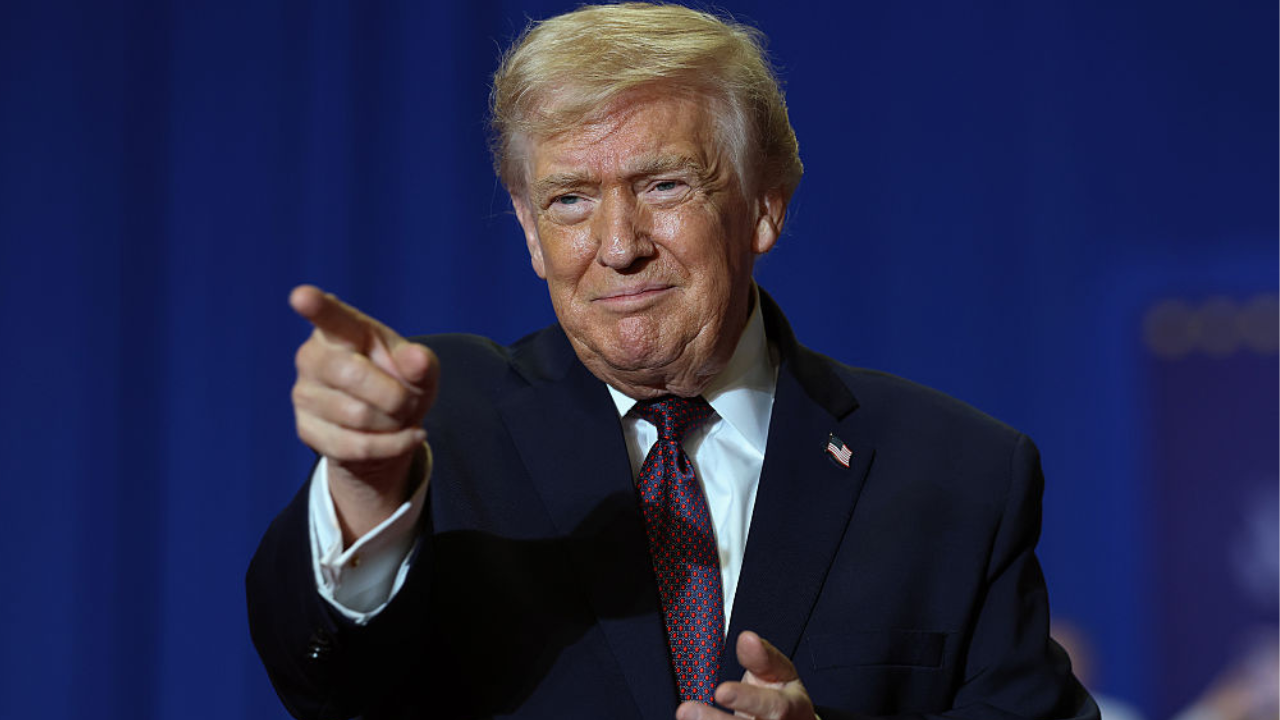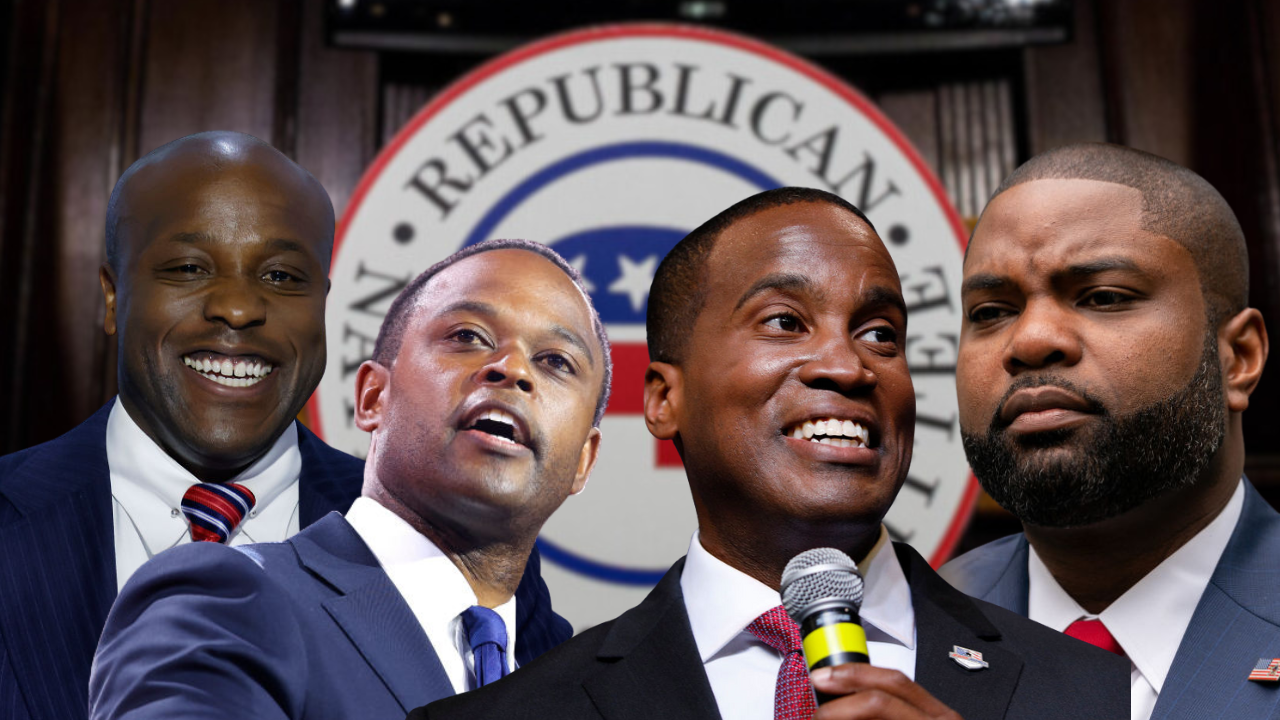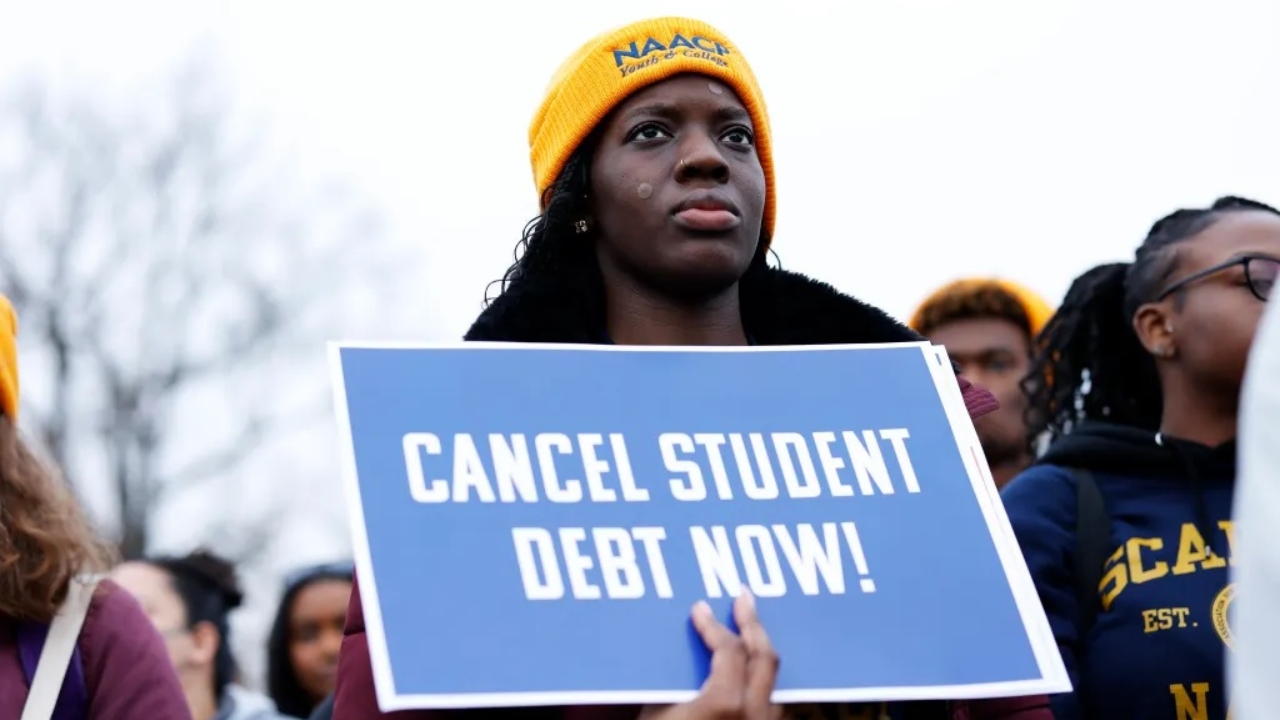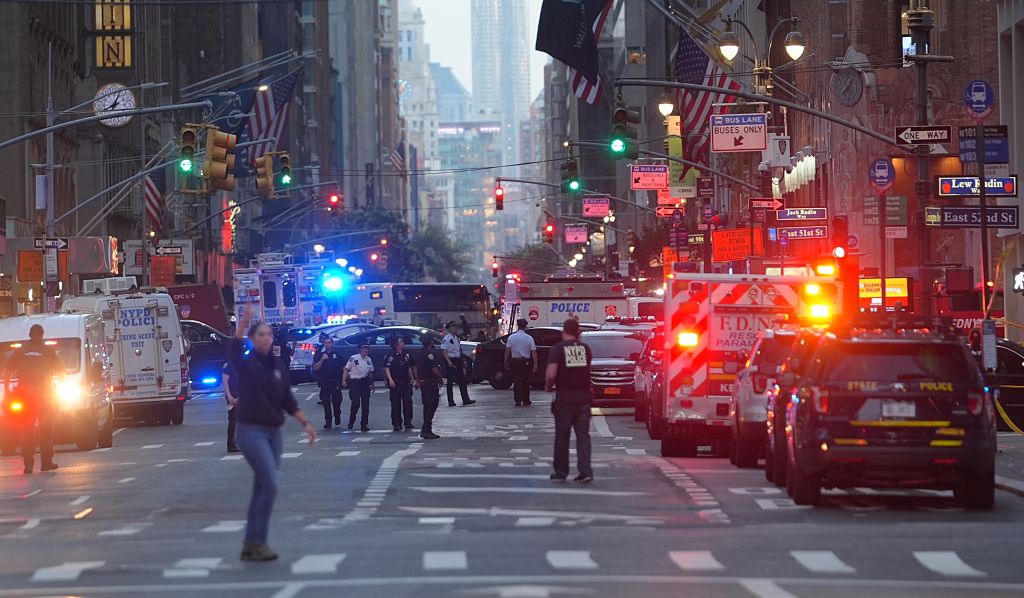For NFL, a tragedy reminds how our lives and the league intersect

The great boxing champion Joe Louis famously warned opponents: “You can run, but you can’t hide.” I kept thinking of the Louis quote in the wake of last week’s terrible shooting in a midtown Manhattan building that houses, among other corporations, the National Football League.
By day’s end, we learned that the deadly attack was not random. The shooter had targeted the NFL, that multibillion-dollar staple of American sports culture. Not much seems to phase the NFL, but the league was clearly shaken by the close call that left four dead and one NFL employee critically wounded. The damage would have been more catastrophic had the gunman taken the correct elevator.
As I drove to the New York Jets training facility the morning after the shooting, I kept thinking: “No one’s safe, no one’s immune. Not even the NFL.”
In his three-page suicide note the killer, Shane Tamura, blamed the league for concealing the dangers of football to the brain and blamed the league for what he thought was the Chronic Traumatic Encephalopathy (CTE) condition he felt he sustained as a high school football player in California. It’s likely that his claim was rejected, or not taken seriously, because he was clearly in a mental health crisis.
Frankly, when it comes to CTE, the general thinking in our desensitized environment is that, “We’ve been there, done that. We’ve moved on from CTE.”
Aaron M. Sprecher/Getty Images
I’d almost forgotten that not so long ago, the NFL was confronted with a scandal it could not ignore. Thousands of former players claimed the league had attempted to cover up how football caused long-term brain injuries. The players’ suit raised a critical question: What did the NFL know about brain injuries and when did it know?
In 2002, the NFL accused forensic pathologist Bennet Omalu of fraud over his findings of CTE in a 2002 autopsy of a former NFL player. Over the next decade, more information began to come out and more research was conducted that showed a direct connection between concussions and CTE.
In 2015, the Omalu story was made into a movie. The CTE issue went mainstream, and the NFL faced some of the greatest backlash in league history.
In 2016, the league and former players settled a concussion case before the question of who knew what and when was ever answered. New rules were implemented, equipment — especially head gear — was upgraded and “player safety” became the league’s anthem.
The league survived its concussion scandal because fans were and continue to be addicted to the sport and the violence around it. CTE is no longer a public relations nightmare for the league. Indeed, many fans who watch and bet on NFL contests see violence as the most appealing part of the game.
A week has passed since the deadly shooting. I’m still haunted — and I’m sure the NFL is — by the thought of what could have happened had Tamura taken the elevator he intended to and opened fire on NFL personnel. Once again, the NFL was fortunate.
Last week’s shooting hasn’t dulled the enthusiasm for a new season, but it has inserted an element of sobriety. With everything else going on outside of the stadium, the NFL, with a wildly diverse fan base, has to know that it is not removed from realities of the moment.
What I’m eager to discover is how the league embraces the moment.
Pete Marovich/Getty Images
How long can the NFL ignore swirling social and political currents outside of the stadium? The league wants to get on with the games, but it can’t hide from the noise; it can only hope that the noise gets drowned out by the roar of the crowd.
The NFL is a constant presence in our day-to-day lives. Every issue that impacts our lives outside of the stadium is present inside the game: mental health; immigration; diversity, equity and inclusion; gun control and gun violence.
I may be wrong, but I’ve never seen the NFL launch a strong anti-gun campaign. Perhaps now it will.
The NFL is one of the great tools of diversion and distraction in American culture. Fans rely on an NFL season to divert attention from the swirling discombobulation that exists outside the stadium. From August to February, the stadiums become a place to escape the mounting noise of civil discontent.
When George Floyd was murdered in 2020, outrage spilled over into stadiums and arenas. Teams and players became involved in the protests. We’re in a different time and place now, and while other institutions have rolled over and made concessions to an administration intent on rolling back hard-won civil rights, the NFL is in position to support its players when the time comes to protest and resist.
Over the years, as players have entered a league comprised mostly of African Americans on the field, the NFL has attempted with varying degrees of success to create a pathway for people of color in coaching and executive positions. The league has made diversity, equity and inclusion one of its pillars. Even as the Trump administration has made a point of aggressively attacking and dismantling DEI initiatives, the league has expanded its pipeline to build a clearer, more intentional path into coaching and front office roles.
The league continues to wrestle with issues. There is not a single Black majority owner in the NFL, and offensive coordinator roles continue to be a bottleneck. Playcalling positions are disproportionately white. The trend in second chances continues as Black coaches are often “one and done.” The Rooney Rule has been improved, but there are still examples of token loopholes or box-checking and not meaningful engagement.
It’s only a matter of time before the administration takes aim at a league that, in many ways, exemplifies merit-based Black excellence.
The league may fight back. I wouldn’t count on fans.
Kara Durrette/Getty Images
From August until February, football is a weekly opiate that diverts our attention from the chaos swirling outside the stadium.
The noise outside the stadium continues to grow louder: the horror in Gaza with famine and starvation; ICE agents terrorizing Black and brown men, women and children; educational institutions being forced to drop DEI initiatives and modify what to teach; blatant redistricting in a way that dilutes the voting power of Black and brown people. The noise may become louder still if the administration acts to remove the Dr. Martin Luther King Jr. holiday or defunds the National Museum of African American History and Culture or similar institutions that teach profound truths about the country.
Will the noise outside the stadium be drowned out by the sound of bodies smashing into one another and the roar of the crowd? There is only so much you can ignore, even if you are the National Football League.
As Louis said, “You can run, but you can’t hide.”
What's Your Reaction?
 Like
0
Like
0
 Dislike
0
Dislike
0
 Love
0
Love
0
 Funny
0
Funny
0
 Angry
0
Angry
0
 Sad
0
Sad
0
 Wow
0
Wow
0




